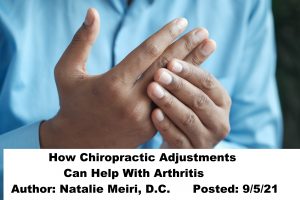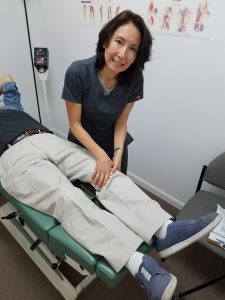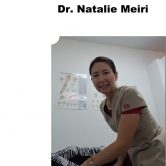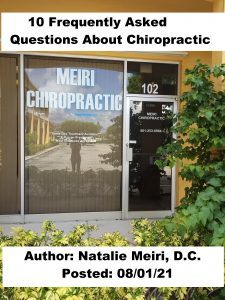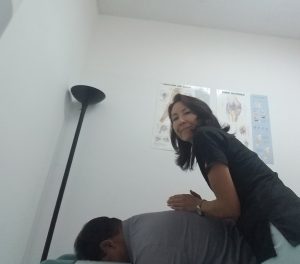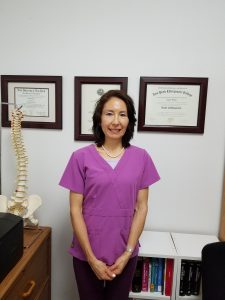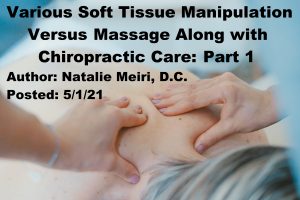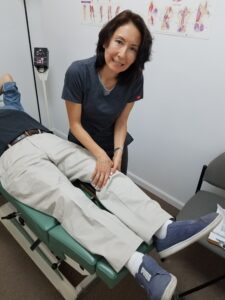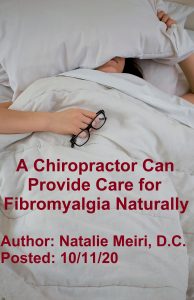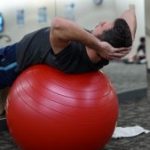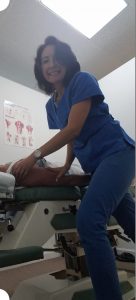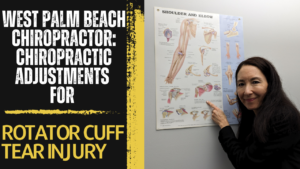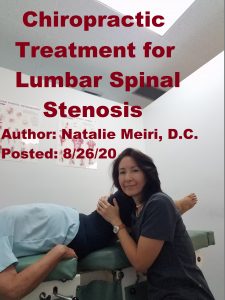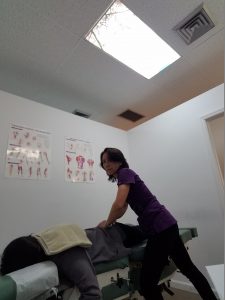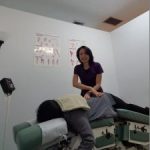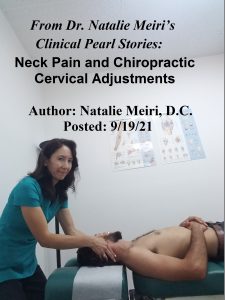
From Dr. Natalie Meiri’s Clinical Pearl Stories:
Neck Pain and Chiropractic Cervical Adjustments
Author: Natalie Meiri, D.C. Posted: 9/19/21
This was a 25 year old male patient with a chief complaint of neck pain. To be HIPAA compliant, I will call him Lenny instead of his real name. Lenny had 3 car accidents by the time he was 23 years old which caused his chronic neck pain. Moreover, he experienced neck and mid back pain when he moved his shoulders and arms.
Lenny was a very active person and even had a business where he did manual labor. He also enjoyed various sports. He wanted to live his life pain free without having to give up his activities.
After the automobile accidents, Lenny got some treatment at another chiropractor before coming to see me. He stated “the benefits of chiropractic were great”, but that he didn’t feel he “was ever holding his adjustments”. Lenny felt the former chiropractor was “too aggressive and every visit was the same”. He needed “something different, more gentle, and a chiropractor who does soft tissue techniques”. Lenny came to see me because at Meiri Chiropractic, we deliver by hand, low amplitude (displacement of the joint), low intensity (low force) adjustments along with various soft tissue manipulation techniques.

Lenny’s Examination, X-rays and Treatment
The x-rays taken in my office showed findings consistent with a sprain with myospasm (muscle contraction) in his cervical (neck) and thoracic (mid back) spine. Upon examination, I found positive tests for a cervical (neck) sprain with thoracic (midback) myalgia (muscle pain) diagnoses.
Firstly, he received chiropractic adjustments/ manipulation to his cervical (neck) and thoracic (mid back) spine and the associated regions. Associated regions (due to misalignments) adjusted were his shoulders and lumbar spine (low back). Secondly, various soft tissue manipulation (myofascial release, pressure point and various post isometric relaxation procedures) was rendered as necessary. Thirdly, home exercises for stretching, strengthening, stabilization and posture correction were given.
Lenny’s Chiropractic Care Outcome
As Lenny started feeling better, recommendations were made on diet and lifestyle (i.e. ergonomic). He started eating better which contributed to faster healing. Lenny avoided sugar and processed or fast food. And included as much fresh food as possible. He also joined a gym to work on strenthening with weight machines and did more cardio exercise.
Finally, I did several homeopathic consultations with Lenny and prescribed a number of homeopathic medicines.
Lenny responded well to his West Palm Beach chiropractic care! Was he able to live completely pain-free? No, because it’s impossible for anyone to be completely free of pain in life. However, Lenny thought daily about improving his function and not the pain anymore. His chronic pain was gone! Similarly, Lenny looked forward to his Worth palm beach chiropractic gentle adjustments. He was able to continue his daily activities with more energy and improved performance.
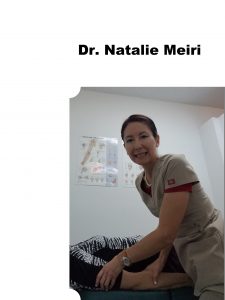
Research
A review of scientific literature found evidence that patients with chronic neck pain enrolled in clinical trials reported significant improvement following chiropractic spinal manipulation. As part of the literature review, published in the March/April 2007 issue of the Journal of Manipulative and Physiological Therapeutics, the researchers reviewed nine previously published trials and found “high-quality evidence” that patients with chronic neck pain showed significant pain-level improvements following spinal manipulation.
Meiri Chiropractic serving West Palm Beach, Jupiter, Palm Beach Gardens, North Palm Beach and surrounding areas offers the best chiropractic adjustments for your neck, back and extremities (arms and legs). Call us in West Palm Beach at 561-253-8984 to schedule an appointment or to find out more about Neck Pain and Chiropractic Cervical Adjustments.
